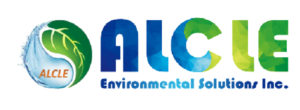 The team at IWT is partnered with ALCLE Environmental Solutions to deliver ClearPod technology to the Chinese septic system and wastewater industries. ALCLE have identified a significant issue with under-performing septic systems and a major interest in improved wastewater treatment across China. A large addressable market has been identified to upgrade existing septic systems. In partnership with ALCLE the team at IWT have delivered a number of ClearPod units that have been installed and validated for system performance. The current data was generated from a system installed in Guangzhou, in May 2017.
The team at IWT is partnered with ALCLE Environmental Solutions to deliver ClearPod technology to the Chinese septic system and wastewater industries. ALCLE have identified a significant issue with under-performing septic systems and a major interest in improved wastewater treatment across China. A large addressable market has been identified to upgrade existing septic systems. In partnership with ALCLE the team at IWT have delivered a number of ClearPod units that have been installed and validated for system performance. The current data was generated from a system installed in Guangzhou, in May 2017.
Market Opportunity in China
In 2006, only 1% rural wastewater was treated in China. This number increased to 6% by 2010 and 11.4% at 2015. In 2017, there are going to be 14.8 billion cubic meters of rural wastewater generated. The country is aiming at to treat 90% of rural wastewater by 2040.
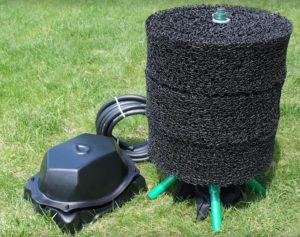
ClearPod Solution
ClearPod was placed into the first chamber the existing 3-chamber septic system in May 2017. The septic system serves a single home with two bathrooms and 5 occupants, the water is then discharged into a small leach field.
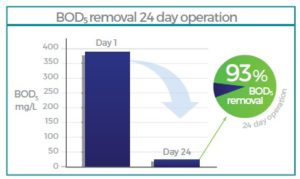
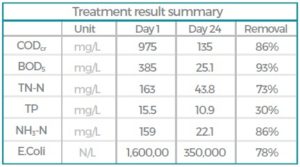
Performance
Recent wastewater sampling from this install indicated an effluent of 25.1 mg/L cBOD . This indicates a 93% removal efficiency and significantly reduced organic loading to the leach field. Significant reductions were also identified for key nutrients ( Nitrogen, Phosphorous ) as well as clear reduction in fecal contaminants.
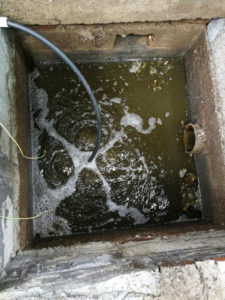
Successful Validation
This ClearPod testing addresses the flaw in traditional septic systems by providing active treatment to the wastewater and reducing the organic loading in the leach field. This testing validates an effective drop solution to upgraded septic system performance in China. Rather than replacing the entire system, a ClearPod was simply dropped into the septic system to enhance the under performing system and extend its lifetime. The reduction of organic loading allowed the leach field to rejuvenate, percolate water more efficiently, and extend the lifetime of the existing system at a fraction of the cost of replacing the entire septic system.
For a copy of the full Case Study see below:


